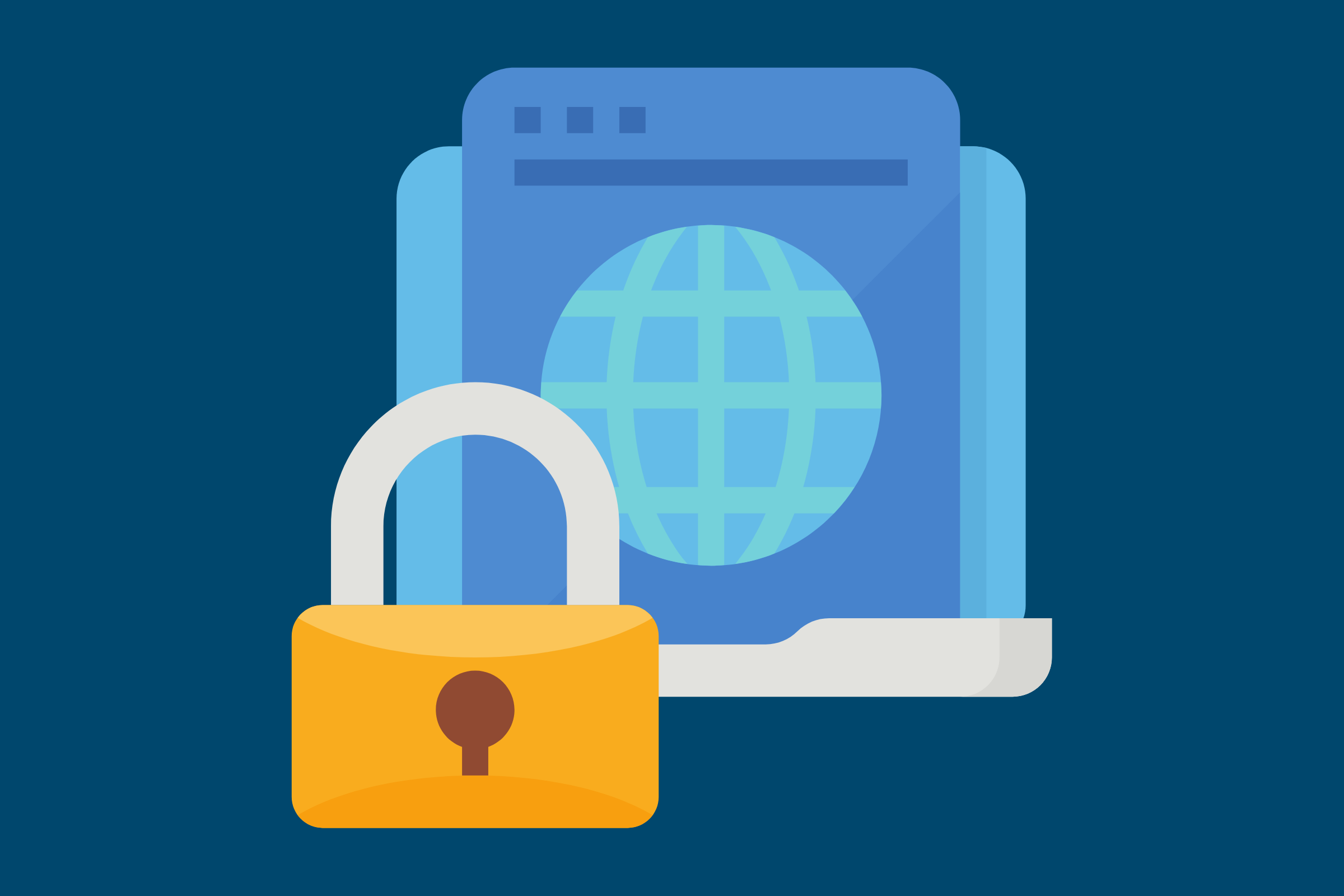All posts
Keeping Yourself Safe Online
Are you at risk of being targeted for online abuse? Let’s take a moment to think about safety when using devices that are connected to the internet. Social media, video-conferencing apps, voice calls and text chats have been helping to bridge the physical divide brought about by COVID-19. So we have been working, learning and […]


Are you at risk of being targeted for online abuse? Let’s take a moment to think about safety when using devices that are connected to the internet.
Social media, video-conferencing apps, voice calls and text chats have been helping to bridge the physical divide brought about by COVID-19. So we have been working, learning and socialising online more than ever before.
For many Australians, this has been a positive experience. For others, though, they are more at risk than ever when it comes to experiencing online abuse such as stalking, sharing of intimate images, or harassment. While these abusive tactics are not new, the eSafety Commissioner of Australia has seen almost double the usual number of reports in the past month.
Am I at risk?
You may be at risk if you are:
- A survivor of domestic and family violence
- A survivor of stalking.
You may be at higher risk than normal if you know that your abuser has had physical access to an unlocked digital device that you possess. This is heightened even more if that person also has a medium-to-high level of technical skill.
What actions can I take?
If you are the target of online abuse, please remember that it is not your fault. You are not on your own, and there are practical steps you can take to protect yourself and to deal with the abuse. We’ve compiled some tips from reputable sources such as the eSafety Commissioner and WESNET to help you stay emotionally and physically safe from online abuse.
Stay safe on your devices:
- Avoid downloading apps that track your location or contacts unless you are confident your phone has not been compromised by spyware.
- Report image-based abuse to eSafety, who can help to remove intimate images and videos that have been shared without consent and provide access to counselling and support.
- Avoid revealing personal details such as your address, email address, phone number and birthdate on any apps or other online platforms.
- Disable location services on your devices and avoid ‘checking in’ to places and venues.
- Enable Bluetooth only when needed and ‘remove’ paired devices when you are not using them.
- On Apple devices, turn off Airdrop to avoid being sent content by people you don’t know.
- If you’re meeting with people and you don’t want it known, leave your phone at a safe distance from people you are meeting with, or consider leaving it behind if it is safe to do so.
- Trust your instincts.
- Take legal action if it is appropriate and if you feel up to it. If technology is being used to abuse, stalk, threaten or defame you, there are Commonwealth, state and territory laws that may apply.
Stay safe on your social media accounts:
- Check the settings of your social media accounts to keep your personal information private.
- Update your settings so that others cannot tag or post videos or photos of you.
- Avoid hashtagging anything you don’t want to become public.
- Avoid posting content online that may put you or your family at risk, such as revealing where you go and what you do together.
- Report any abuse to the social media service’s safety centre. Depending on the platform, you can generally also report, block, ignore or mute the abuse.
If you are in danger right now, contact police on Triple Zero (000).
For non-emergencies, you can call the Police Assistance Line on 131 444 or contact your local police station.
If you are unsure on how to change settings to help protect yourself please seek assistance. These resources from eSafety Commissioner and WESNET are a good place to start.
Back to all posts